Extending for almost 8,000 km along the west of South America, the Andes are the longest continental mountain range in the world. They portray an impressive richness and diversity of cryospheric features, including: the most substantial extension of tropical glaciers on Earth, one of the highest densities of rock glaciers, the largest glacierized area in the Southern Hemisphere outside Antarctica, ...[Read More]
Did you know… about the ice content in mountain permafrost?
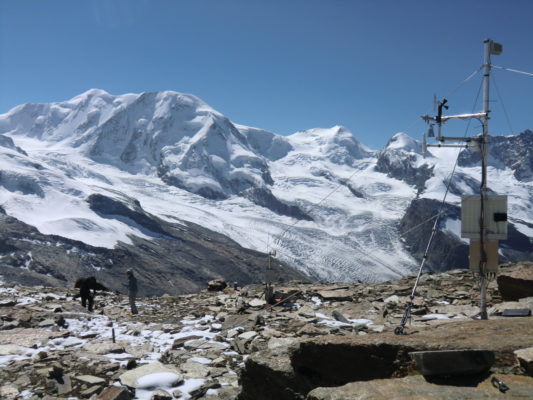
Through the eyes of a researcher studying mountain processes in the European Alps in the context of a global warming climate, let’s discover how geophysical methods help to better understand frozen ground! Permafrost defines a thermal state, i.e. permafrost is soil, sediment, or rock that remains at or below 0°C during at least two consecutive years. As permafrost is only defined by its temperatur ...[Read More]
Did you know… the surface of melting glaciers is one of the most radioactive places on Earth?
Recent studies show that glaciers are significantly affected by pollution, and in general by human activities, but few people would imagine that their surface contains traces of nuclear contamination and radioactivity. It has been recently claimed that high amounts of radioactivity have accumulated on glaciers, only beaten by the radioactivity levels of sites where nuclear incidents and tests have ...[Read More]
Did you know… tropical cyclones cause large snowfall on Kilimanjaro’s glaciers?
Tropical cyclones are an important part of the weather in the southwest Indian Ocean each year, from November through April. These storms can cause massive destruction and loss of life when they make landfall, which happens most often on the islands of Mauritius and Madagascar and the coastal region of Mozambique. However, until recently, relatively little was known about their impacts on the high ...[Read More]
Icequakes, the little brothers of earthquakes, what do they tell us about ice flow?
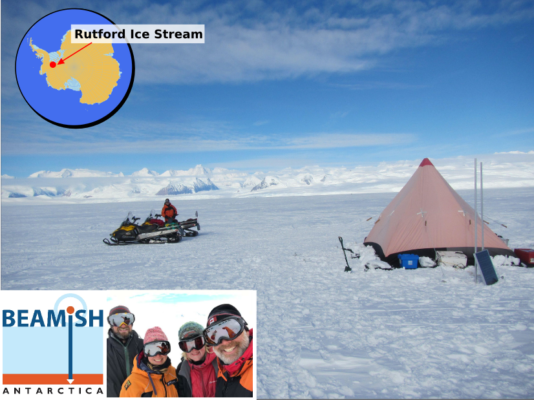
Each day, several tens of tiny earthquakes happen beneath Rutford Ice Stream in Antarctica. These events are so small that no human would be able to feel them – yet, scientists can use recordings of these so-called “icequakes” to obtain valuable information on the way ice flows in Antarctica. Read on to find out how… What are icequakes? So we’ve all heard of earthquakes, but what ...[Read More]
Did you know… the difference between sea-ice area and sea-ice extent?
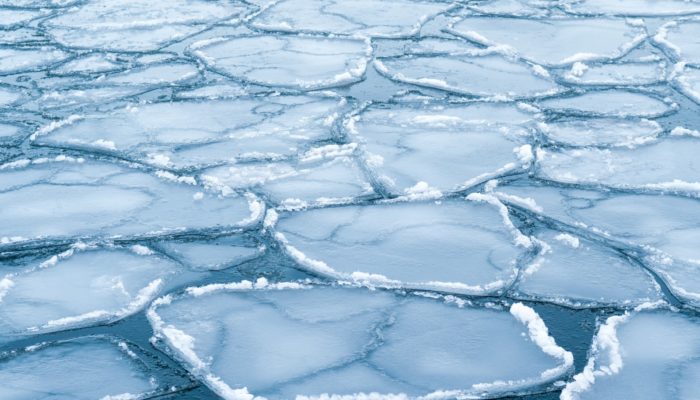
At the beginning of March, just over a month ago, sea ice in the Arctic reached its annual maximum extent. As currently all media attention is focused on other news, you might have missed that, once again, this maximum fell below the 1981 to 2010 average maximum extent. When reading headlines about such sea-ice facts, you may have been confused by the seemingly interchangeable use of “sea-ice exte ...[Read More]
Radiocarbon rocks! – How rocks can tell us about the history of an ice sheet…
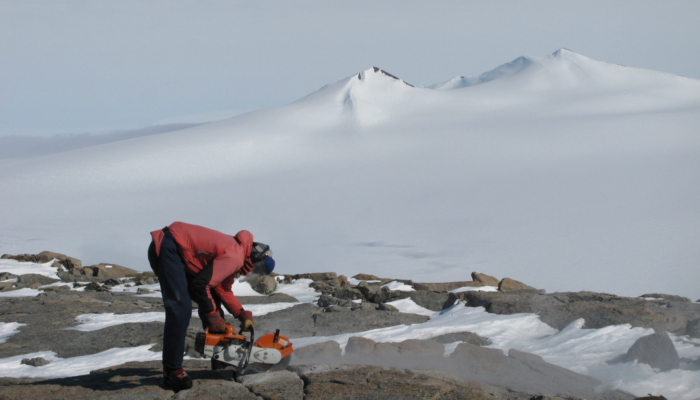
When most people hear the phrase “radiocarbon dating”, they think of measuring carbon to date organic material. But did you know that carbon is also produced within rocks, and that we can use it to learn about the past behaviour of a glacier? About 20,000 years ago it was colder and large parts of the continents were covered by ice. But what did Antarctica – the largest ice mass ...[Read More]
Water plumes are tickling the Greenland Ice Sheet
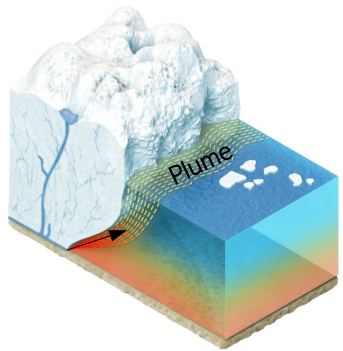
7 meters of sea-level rise – what you would get if the whole Greenland Ice Sheet melted. But the tricky question is: how much of this ice will be melted in the next decades, and how fast will it occur? This piece of information is critical in order to plan for present and future populations living in coastline areas, all around the world. How much and how fast can the Greenland Ice Sheet melt ? In ...[Read More]
Did you know? – Ocean bathymetry can control Antarctic mass loss!
Ice shelves (the floating parts of the Antarctic ice sheet) play a fundamental role in the stability of the Antarctic ice sheet (see this post) and, therefore, its contribution to global sea-level rise. They lose mass primarily through melting at their bases, which are in contact with the ocean. This thins them and makes them more vulnerable, reducing their stabilising potential and causing more i ...[Read More]
Did you know about… nature’s street lights for Santa Claus?
Only a couple of days left until Santa Claus’ big night! Once again the beardy guy in the red and white suit will fly around the world with his sledge pulled by his strong reindeers to make young and old children happy! But how does he navigate in the dark? Luckily, nature provides some solutions, for example light pillars… Light pillars form when ice particles are suspended in the air. These part ...[Read More]

